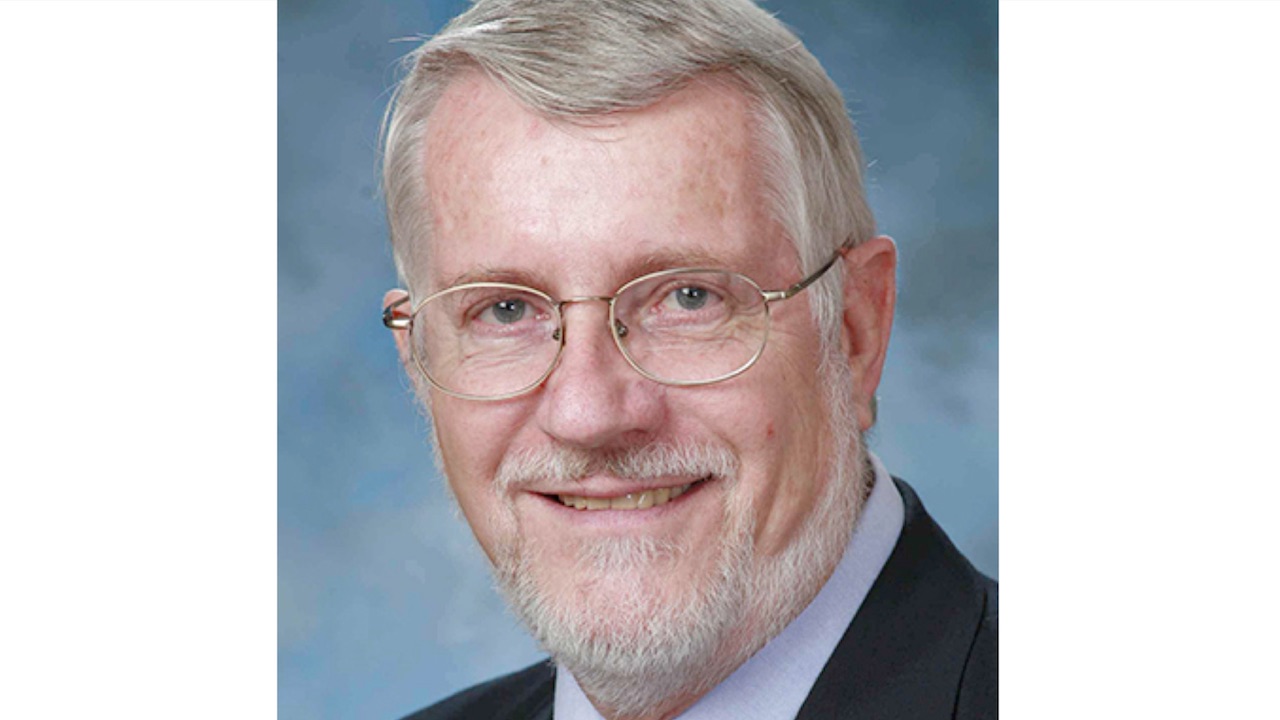In the next few lessons we will discuss topics that were previously covered in the Byte-Sized series. However, in each case we will delve deeper into the topic and will discuss it in more detail. The first topic, the data link level, is one which is particularly important in the delivery of audio and is used in every implementation of TCP/IP.

The data link level of the OSI model (L2) sits between the physical level and the network layer. The physical level is primarily responsible for signal creation and timing on the media of choice—wires, fibers, or wireless. The network layer in TCP/IP is where IP exists. Its most critical function is the proper use of IP addresses, which are nearly always created in software. The data link layer is responsible for access to the physical media, for arranging the bit stream into frames, for controlling flow between stations attached to the media, and detecting errors. Since the primary data link technology used in TCP/IP is Ethernet, we will emphasize its implementation. However, in wide area technologies and data centers, there are several other methods in use.
[Byte-Sized Lesson: Understanding Error Control]
When the OSI model was conceived, its creators separated L2 into two parts. The upper part, responsible for sending and receiving messages to the IP level, was called logical link control (LLC). The lower level, responsible for sending and receiving the bit stream on the physical media, was called media access control (MAC). LLC was responsible for decisions about how the stream was to be formatted and how flow between the end stations was to be controlled. Additionally, it was to report if errors had occurred during transmission. However, in Ethernet, flow control is not used except in Wi-Fi. The MAC layer is different for wired Ethernet than for wireless Ethernet.
The MAC layer of wired Ethernet has not seen extensive variation as Ethernet has evolved from 10Mbps to 10Gbps. Frame synchronization is based on transmitting 56 alternating ones and zeros followed by the byte 10101011. Addressing has consistently been based on 48-bit physical addresses that we call the MAC addresses. In this way, the spanning tree protocol (STP) for bridges and switches can be implemented. STP automatically eliminates loops in the physical network and assures that there is only a single path between each pair of stations. Likewise, the MAC addresses allow for the implementation of shortest path bridging (SPB). SPB is the basis for mesh networks, which are widely used in computer centers and global spanning networks that want to avoid the issues of IP-level multicasting.
In either wired or wireless Ethernet, error detection is done with a method call CRC-32. A code of 32 bits is divided into the bit stream using binary arithmetic. The remainder, which is always 32 bits in length, is appended to the frame as an error check code. Finally, a level of quality of service (QOS) or service priority can be implemented within L2.
So, with functions such as flow control, error detection, and QOS implemented at L2, why would engineers not choose to do the same at L3, the IP layer? The most important reason is because these functions can be done in firmware rather than in software. In nearly all cases, this makes their implementation more efficient.
Phil Hippenstel, EdD, is a regular columnist with AV Technology. He teaches information systems at Penn State Harrisburg.